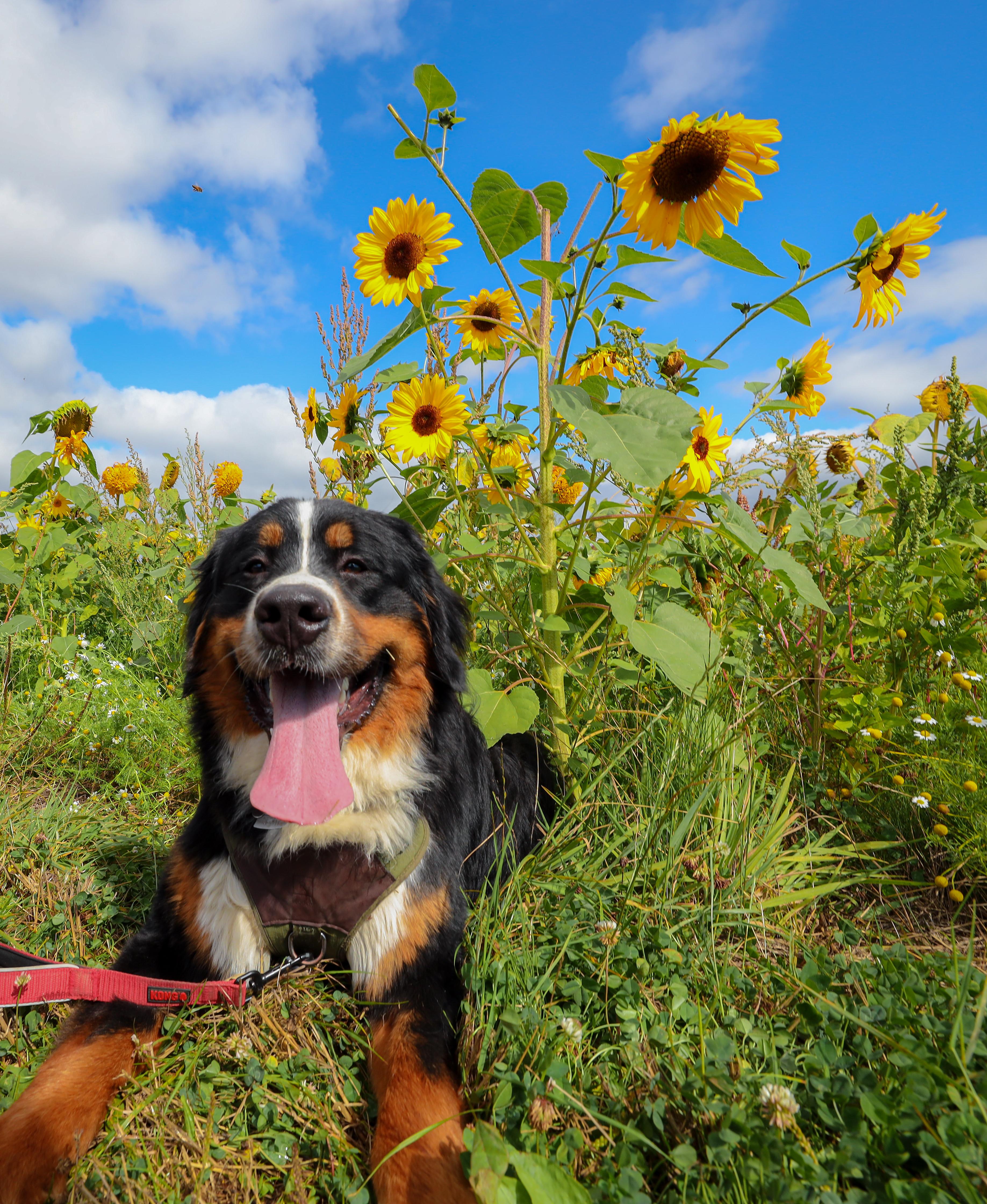When it comes to nourishing our beloved canine companions, every pet owner strives to make informed choices that promote their health and happiness. Among the myriad of dietary options available, corn-based foods often spark debate and raise questions about their nutritional value and safety for dogs. In this article, we aim to demystify the role of corn in dog diets, offering a balanced perspective on whether feeding your furry friend corn-based foods is truly unhealthy. By exploring the nutritional benefits, potential concerns, and expert opinions, we hope to equip you with the knowledge needed to make the best dietary decisions for your dog, ensuring their well-being and vitality for years to come.
Understanding the Nutritional Value of Corn for Dogs
When considering corn as a part of your dog’s diet, it’s essential to recognize its nutritional benefits. Corn is a source of essential carbohydrates that provide energy, making it a staple in many commercial dog foods. Additionally, corn contains several vitamins and minerals, such as:
- Vitamin E: An antioxidant that supports immune function.
- Vitamin B: Helps in energy metabolism and supports nervous system health.
- Linoleic Acid: An omega-6 fatty acid important for skin and coat health.
Beyond these nutrients, corn also offers fiber, which can aid in digestion. However, it’s crucial to ensure that corn is not the primary ingredient in your dog’s food but rather a part of a balanced diet. Always check the ingredient list and nutritional content to ensure your furry friend receives a well-rounded meal.

Recognizing the Potential Allergies and Digestive Issues
When considering the ingredients in your dog’s diet, it’s crucial to be aware of potential allergies and digestive issues that may arise from corn-based foods. While corn is a common ingredient in many commercial dog foods due to its affordability and nutritional benefits, some dogs may experience adverse reactions. Allergies to corn can manifest in various ways, including:
- Itchy skin or excessive scratching
- Ear infections or inflammation
- Gastrointestinal distress, such as diarrhea or vomiting
Digestive issues are another consideration. Some dogs may have difficulty digesting corn, leading to bloating, gas, or irregular bowel movements. It’s important to monitor your pet’s response to their diet and consult with a veterinarian if you suspect corn might be causing issues. Transitioning to a diet with alternative carbohydrates, like sweet potatoes or rice, might be beneficial for sensitive pups.
Exploring Alternative Ingredients for a Balanced Diet
When considering the dietary needs of our canine companions, it’s important to examine the ingredients that make up their meals. Corn is a common ingredient found in many dog foods, but its inclusion often sparks debate. Corn provides essential nutrients such as carbohydrates for energy, linoleic acid for skin health, and fiber for digestion. However, it’s crucial to understand how it fits into a balanced diet for dogs.
In evaluating corn-based foods, consider the following aspects:
- Nutritional Balance: Ensure that corn is complemented by proteins, fats, and other nutrients necessary for your dog’s health.
- Quality of Corn: Look for high-quality corn, as it can vary significantly in nutrient content and digestibility.
- Allergies and Sensitivities: While rare, some dogs may be allergic to corn, so it’s important to monitor for any adverse reactions.
- Portion Control: Corn should not be the primary ingredient; it works best as part of a diverse diet.
By focusing on these elements, you can make informed decisions about incorporating corn into your dog’s diet, ensuring their meals are both nutritious and enjoyable.
Guidelines for Choosing Safe and Healthy Dog Foods
When selecting dog foods, it’s essential to prioritize your pet’s health and safety. Begin by checking the ingredient list. Look for foods that list a quality source of protein, like chicken, beef, or fish, as the first ingredient. Avoid products with ambiguous terms such as “meat meal” or ”animal by-products.” Whole grains and vegetables can provide beneficial nutrients and should be easily recognizable on the label.
Be cautious of artificial additives. Foods with a long list of unpronounceable ingredients might contain preservatives, colors, or flavors that could be harmful. Opt for brands that use natural preservatives like vitamin E or C. Moreover, check for an AAFCO statement on the packaging, which indicates that the food meets established nutritional standards. For personalized advice, consult your veterinarian to ensure your furry friend’s diet is balanced and tailored to their specific needs.
- Check for whole, recognizable ingredients.
- Avoid artificial additives and preservatives.
- Ensure an AAFCO nutritional adequacy statement is present.
- Consult with your veterinarian for tailored dietary advice.

